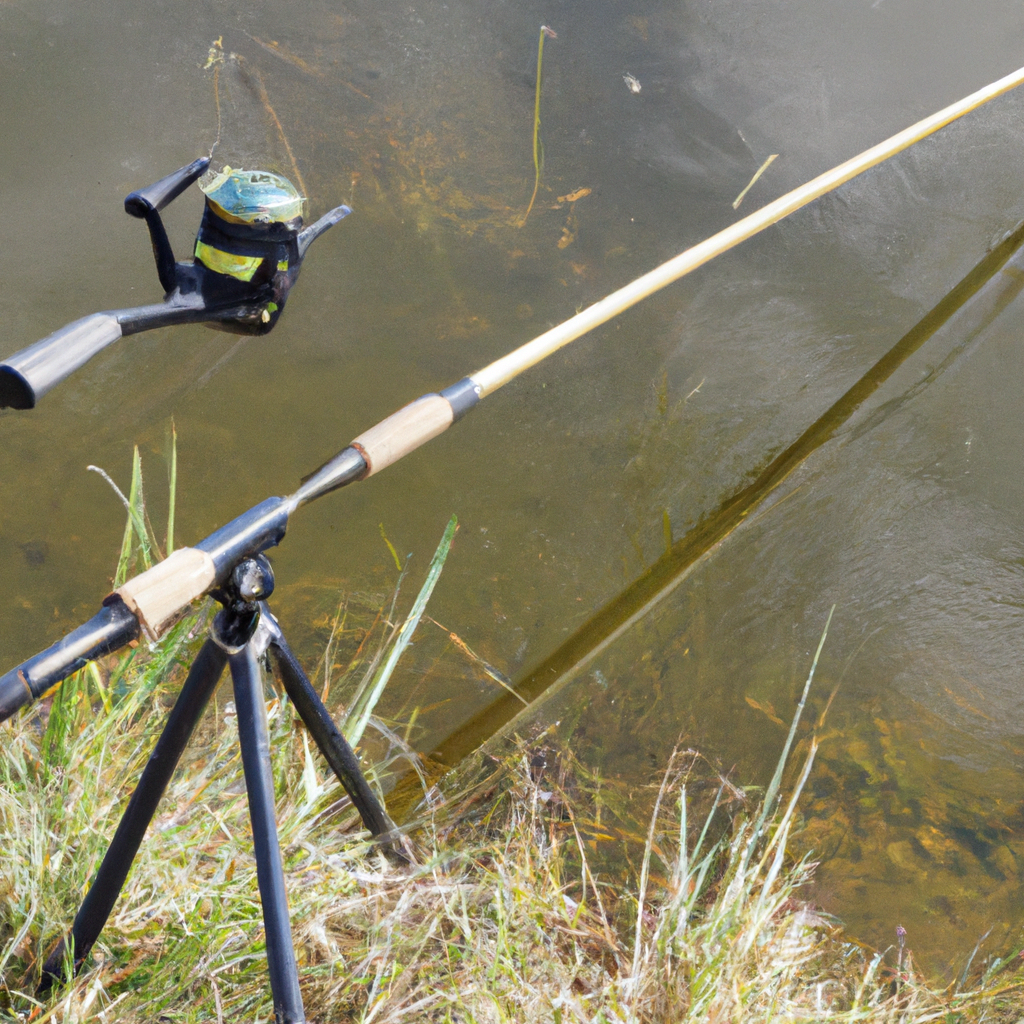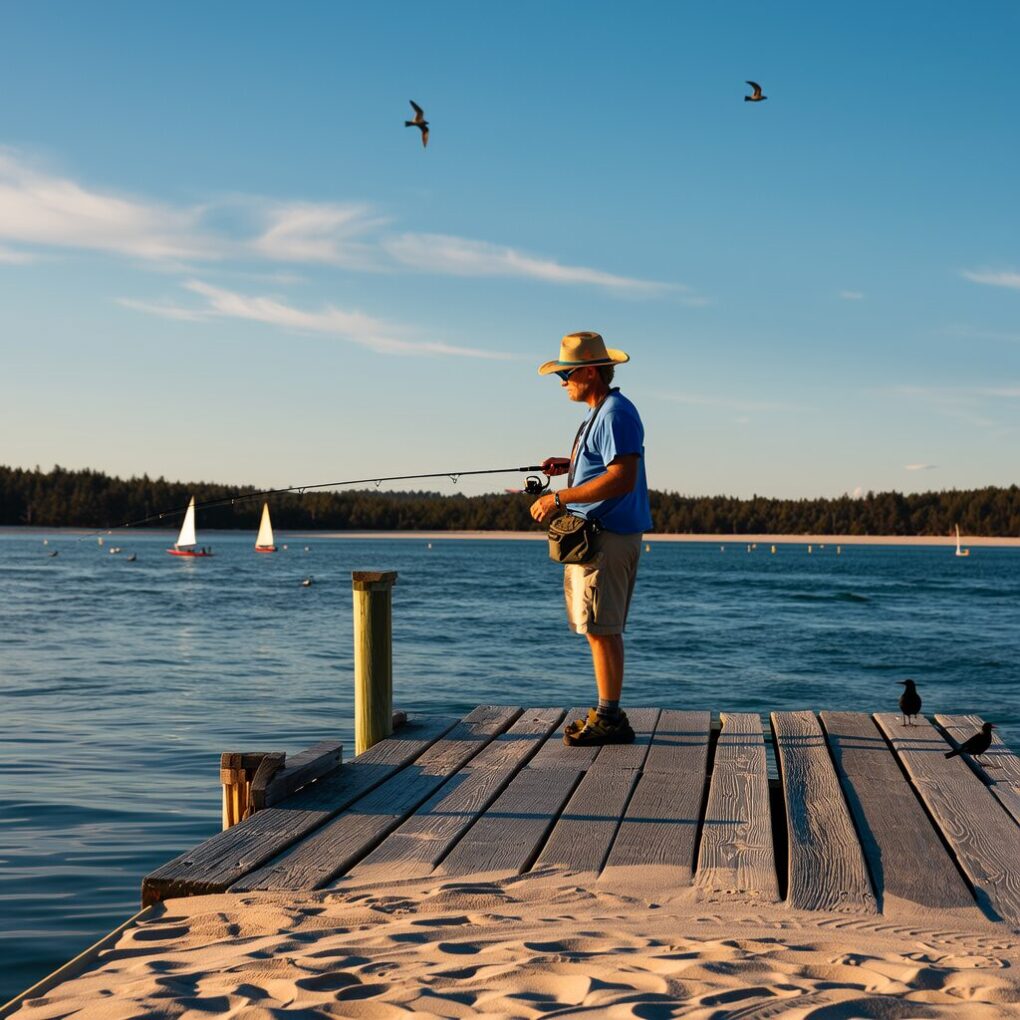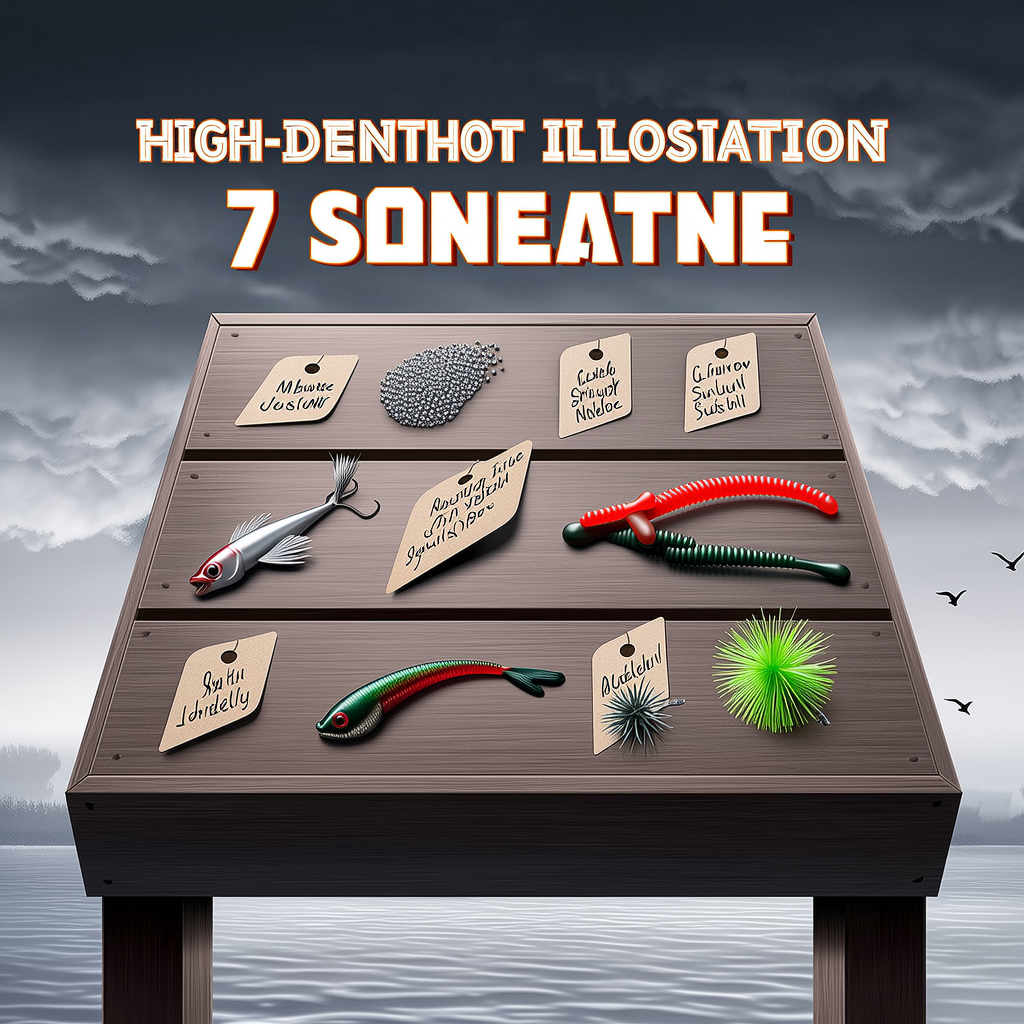If you love fishing but don’t live near a large river or lake, a trip to the nearest pond may be a great solution. Ponds are often overlooked for recreational fishing but can be a great place to catch a variety of fish. This comprehensive guide will cover everything you need about fishing in ponds.
Picking the Right Pond
It’s important that you choose the right pond before you go fishing. Fishing is not the same in all ponds. Some ponds are regularly stocked with fish, while others have a small population. Look for ponds with a good mix of species and plenty of space for fishing.
If you are unsure where to begin, contact your local fish and Wildlife department. They can give you information on the best ponds for fishing and any restrictions or regulations which may apply.
The Right Equipment
A big advantage of fishing in ponds is you don’t need to have specialized equipment. Standard fishing rods, reels, and lines will do. If you want to target a specific type of fish, it’s worth considering using different baits, lures or hooks.
Match the equipment to the size of fish you are targeting. If you’re chasing smaller fish, such as panfish, a lightweight reel and rod should be sufficient. Consider upgrading to a heavier setup for larger fish.
Catching different species
The type of fish that you find in a pond depends on a variety of factors. Some ponds are stocked with a specific species while others have a diverse population. Here are some tips on how to catch some common pond-dwelling fish:
- Bass– Bass is one of the most popular fish in ponds. They are known to be aggressive fighters, and can grow to impressive sizes. Look for bass near structures such as docks, submerged logs, or rocks. Use lures such as jigs or crankbaits to attract them.
- Bluegill– Bluegills are a smaller species found in schools. They are voracious eaters, and will take a variety of baits from worms to jigs.
- Catfish– Catfish are bottom feeders and can be caught with baits like chicken liver, stinkbait, or even hotdogs. Look for them near the bottom of the pond in the deeper parts.
- Crappie Crappie is another smaller species which travels in schools. You can catch them using small jigs, or live bait such as minnows or earthworms. You can find them near docks and submerged trees.
- Trout– Trout are stocked in some ponds. They can be caught with a variety lures and baits. Look for them near the inlet or spring in the colder parts of the pond.
Tips for a Successful Fishery Trip
There are some things you can do to improve your chances of success when fishing at ponds. Here are a few tips:
- Weather is important. It’s best to fish on overcast days, early in the morning or in the evening.
- Be patient. Do not expect to catch fish immediately. It can take some time to locate and attract them to bite.
- Change your bait. If you are not getting results with one type, try something else.
- Respect the environment. Release any fish that you don’t intend to keep, and be aware of any plants or animals in the area.
- Bring bug spray. Be prepared for mosquitoes and other biting insects.
Conclusion
Anglers of any level can enjoy and benefit from fishing in ponds. Ponds are a great option for those who want a change of scenery or do not have access to larger bodies of water. Follow these tips and guidelines to ensure a successful pond-fishing trip.




